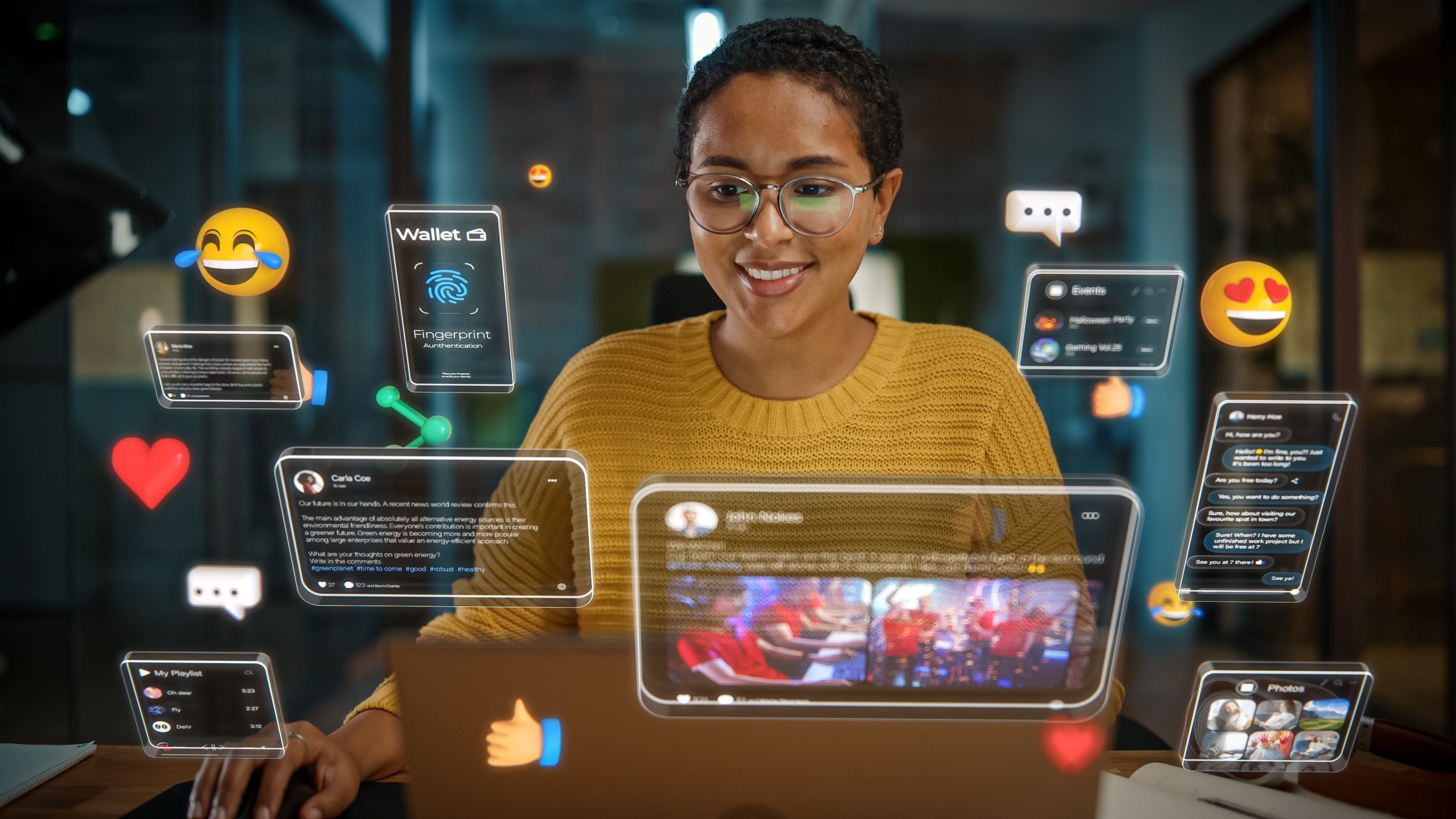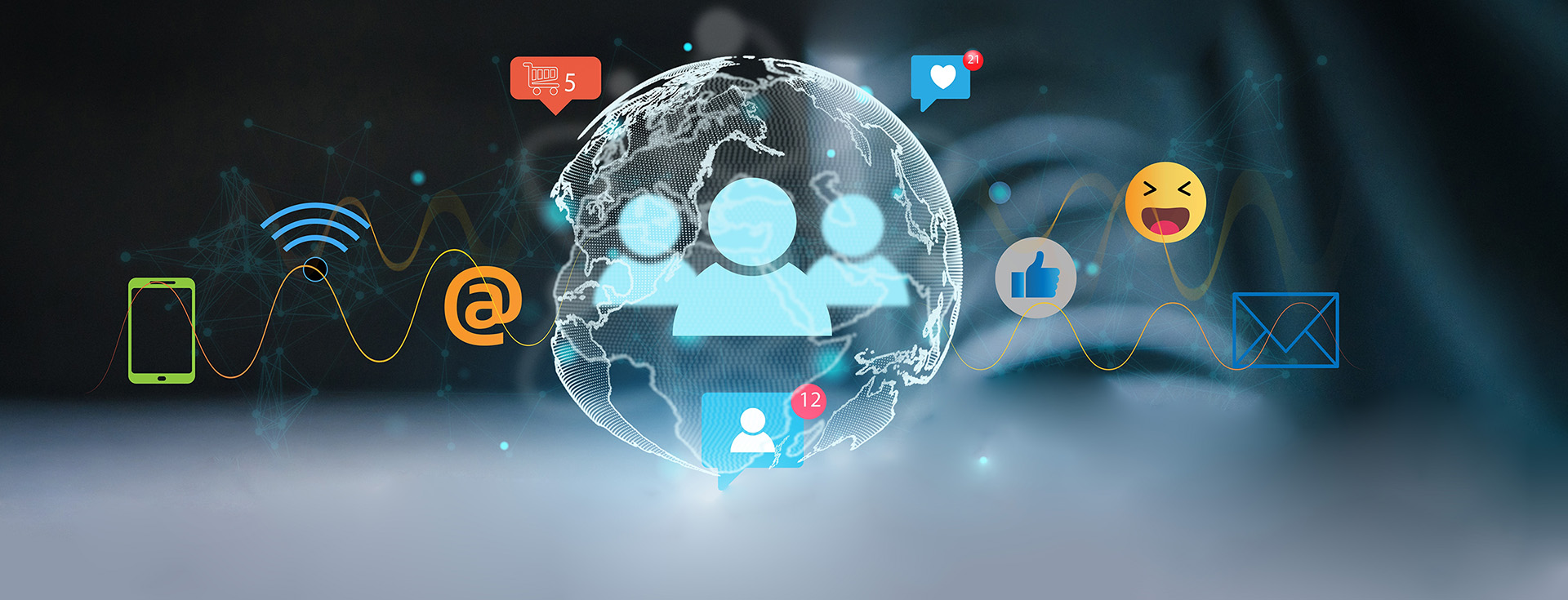Utilizing social media in an investigation has many benefits for an analyst or investigator. Social media platforms can facilitate the identification and location of suspects and individuals of interest. Evidence of crimes can be found on social media, such as a cell phone video recording posted to a video site of an assault on another person. With social media information, investigators can look through patterns of behavior and use it to understand the individual’s motivations. However, data collection and analysis can be problematic in a digital world where data can be changed, removed quickly, or even stolen.
Social media profiles often contain personal details such as names, favored locations, and affiliations, enabling investigators to identify and locate individuals of interest. Posts and comments can be used to establish timelines of events, pinpointing when specific actions or communications occurred.
Photos and videos often contain geolocation data, revealing the location where the content was captured, which can be crucial in reconstructing timelines and identifying crime scenes. Indications of individuals’ locations may come from backgrounds of photos posted to social media using identifying landmarks or street signs.
Social media posts, comments, and messages can provide direct evidence of crimes such as threats, harassment, fraud, and drug use. Photos and videos shared on social media can capture crucial evidence, including the identities of perpetrators and victims, as well as the circumstances of a crime. Gathering the evidence of illegal activities from social media is a fairly simple process, but essential to be done in a timely manner.
By analyzing social media activity, investigators can gain insights into an individual’s motivations, beliefs, and social circles, which can be essential in understanding their behavior and predicting future actions. Through effectively utilizing social media as an investigative tool, law enforcement agencies can enhance their ability to solve crimes, protect communities, and bring perpetrators to justice.
Challenges in Collecting, Analyzing, and Presenting Social Media Evidence
Social media platforms have strict privacy settings and terms of service that can limit access to user data, requiring subpoenas, and sometimes even warrants, to gain the information. The nature of social media provides risk that content is temporary and can be deleted or modified at any time by the user. This can be a challenge to preserve evidence, leading to gaps in the investigation.
Verifying the authenticity and reliability of social media content can be challenging, as posts can be fabricated, edited, or taken out of context. Compromised identities can be used to create false personas, spread misinformation, and hinder the ability of investigators to identify and apprehend suspects. Social media platforms have strict privacy settings and terms of service that can limit access to user data, which will require subpoenas and sometimes even warrants for law enforcement to use to gain the information.
The volumes of data generated on social media platforms can make it difficult to efficiently collect, analyze, and present evidence in a timely manner. Each communication, login, comment, post, and video added to a social media profile can create massive amounts of information that is challenging to analyze without digital forensic tools and software. Some social media platforms provide data in secure text formats, such as a .PDF, and others in relational files like spreadsheets.
Best Practices for Handling Social Media Evidence
As soon as potential evidence is identified, take steps to preserve it. If the window of opportunity is missed, it is likely the individual will remove or modify information posted to a profile or remove the profile from the platform entirely. Depending on the time lapsed and the platform’s policies on data retention, it may be extremely difficult to retrieve deleted information. Using forensic tools to capture screenshots or download content is beneficial, because they offer additional features such as methods to authenticate the evidence, verify its origin, and include encryption. Encryption is the digital version of physical evidence handling procedures and will protect the digital media from corruption or theft.
Contextualization
Consider the context in which the evidence was created – both the platform culture and features, as well as the individual’s motivations, relationships, and surrounding circumstances. Each social media platform has unique norms, behaviors, and language that contributes to its culture. Platforms also have unique features that contribute to and enhance communication among its users, but user experiences are also subject to algorithms that shape content visibility and advertisements.
Information about an individual provided on social media can give investigators and analysts indications about age, gender, location and cultural background; all of which lend clues to the person’s online persona, their social identity and affiliations. This type of data can also provide law enforcement with a social network of individuals potentially involved with the act or crime under investigation and discovered by mapping the relationships, “friends” and contacts of the Subject. Using the social network chart can lead to discovering additional social platform profiles, enlightenment to the norms and values they adhere to, and assessment of social influences within the network and on the Subject.
Legal Compliance
With Social Media, it is essential to ensure that all evidence collection and analysis activities comply with applicable laws and regulations. Establishing probable cause is sometimes difficult with social media if the investigator cannot support the need. Using open-source information tools can provide the investigator with this base level of information and act as a springboard for case analysis once the in-depth information is obtained.
Within legal guidelines, it is also important to establish the boundaries of social media investigations. Ethical data is obtained through legal channels, but also considerate of the individuals and those they have communicated with on social media. Collect and retain only what is necessary to the burden-of-proof and securely and safely store, then destroy when the case is closed. A balance between privacy concerns and the need for access to social media data can be achieved by adhering to ethical guidelines and maintaining transparent policies for data collection, retention, and disbursement. With these policies and procedures, it is possible to retain accountability within law enforcement while adhering to the principles of justice and human rights.
In conclusion, social media platforms offer a valuable resource for digital investigators. By leveraging the vast amount of information available on these platforms, investigators can identify suspects, gather evidence, and understand the motivations behind criminal activities. However, the dynamic nature of social media, coupled with privacy concerns and legal complexities, presents significant challenges.
To effectively utilize social media in investigations, law enforcement agencies must adopt best practices, including timely evidence preservation, careful contextualization, and strict adherence to legal guidelines. By balancing the potential benefits with the inherent risks, investigators can harness the power of social media to enhance their investigations and bring perpetrators to justice.
















